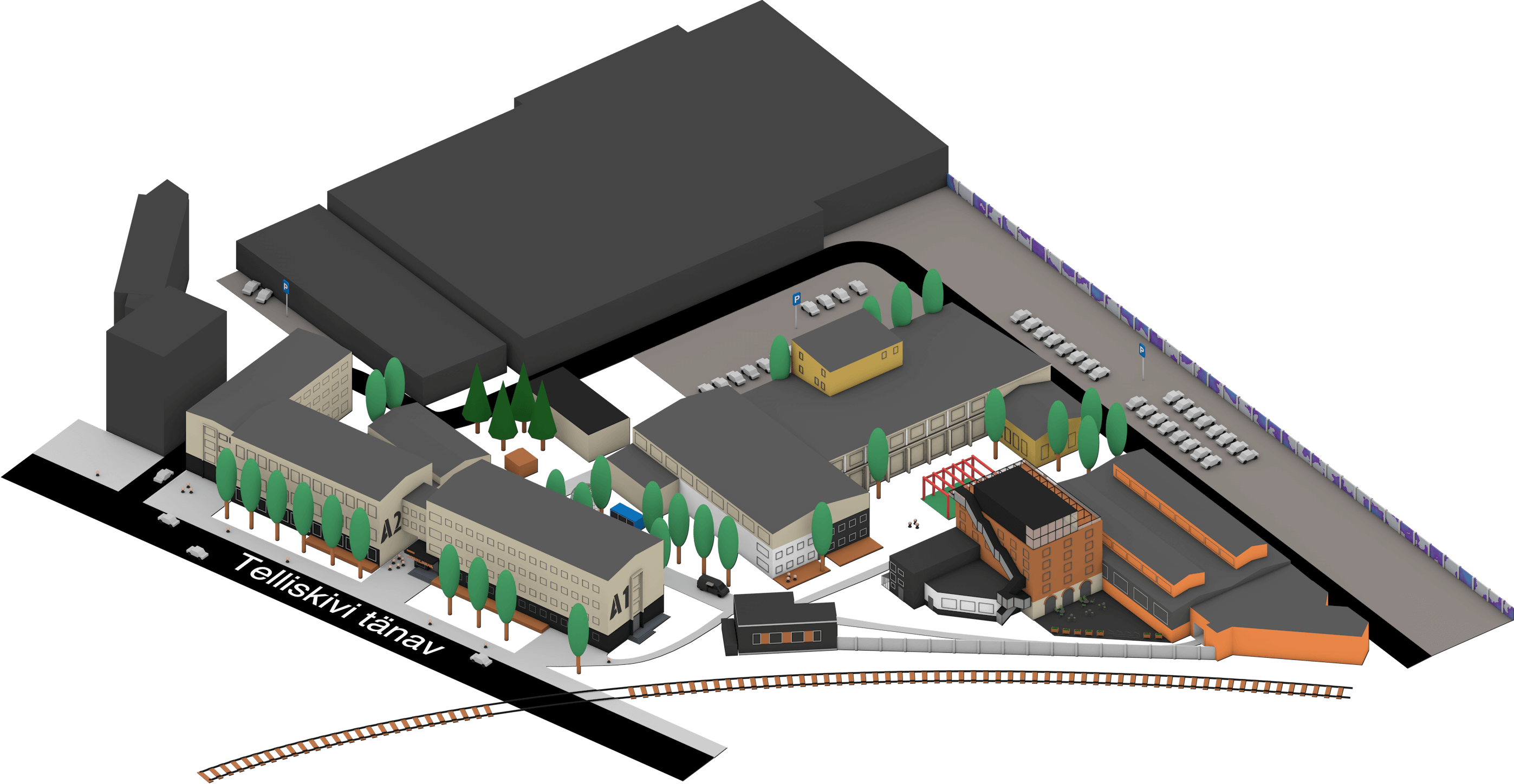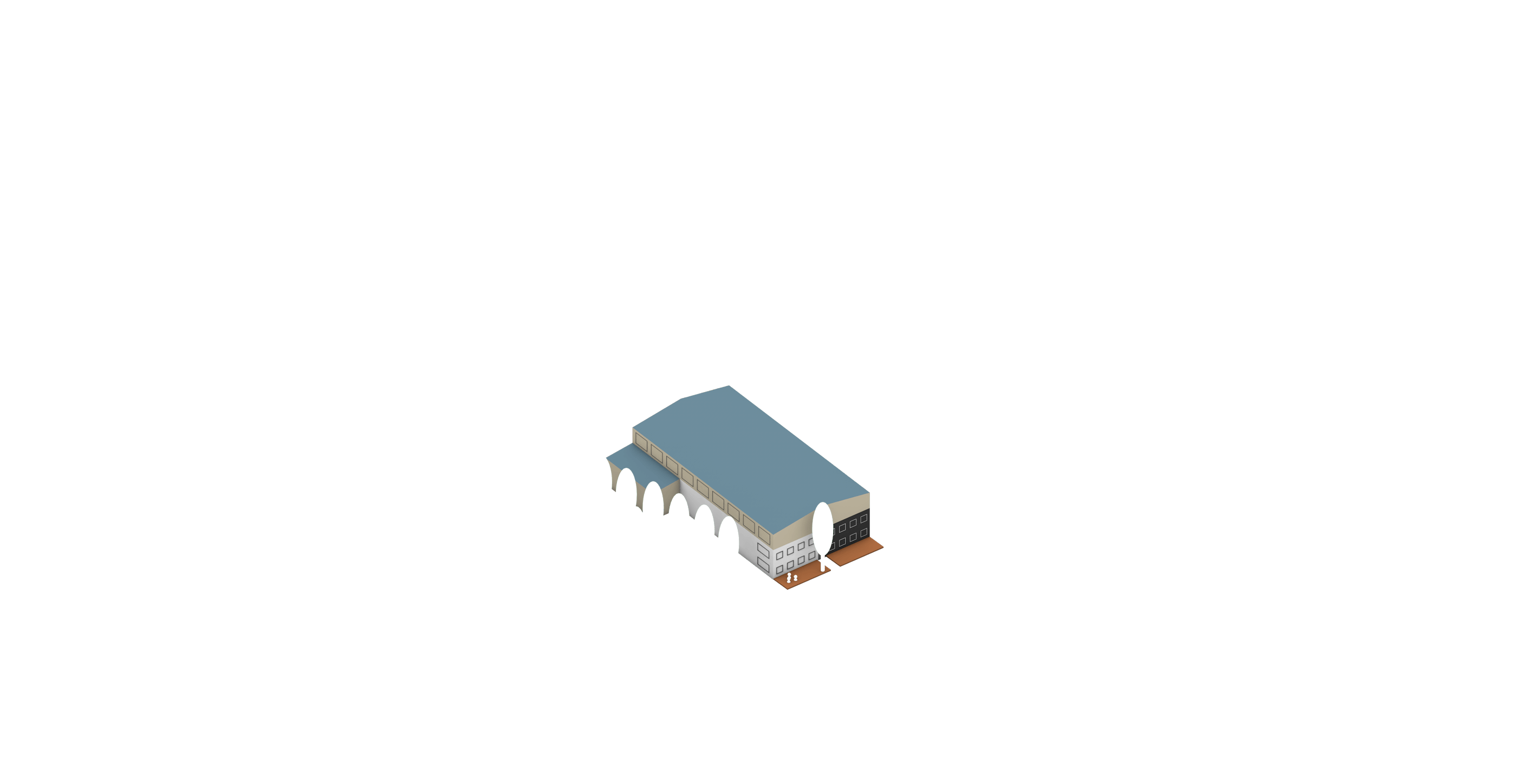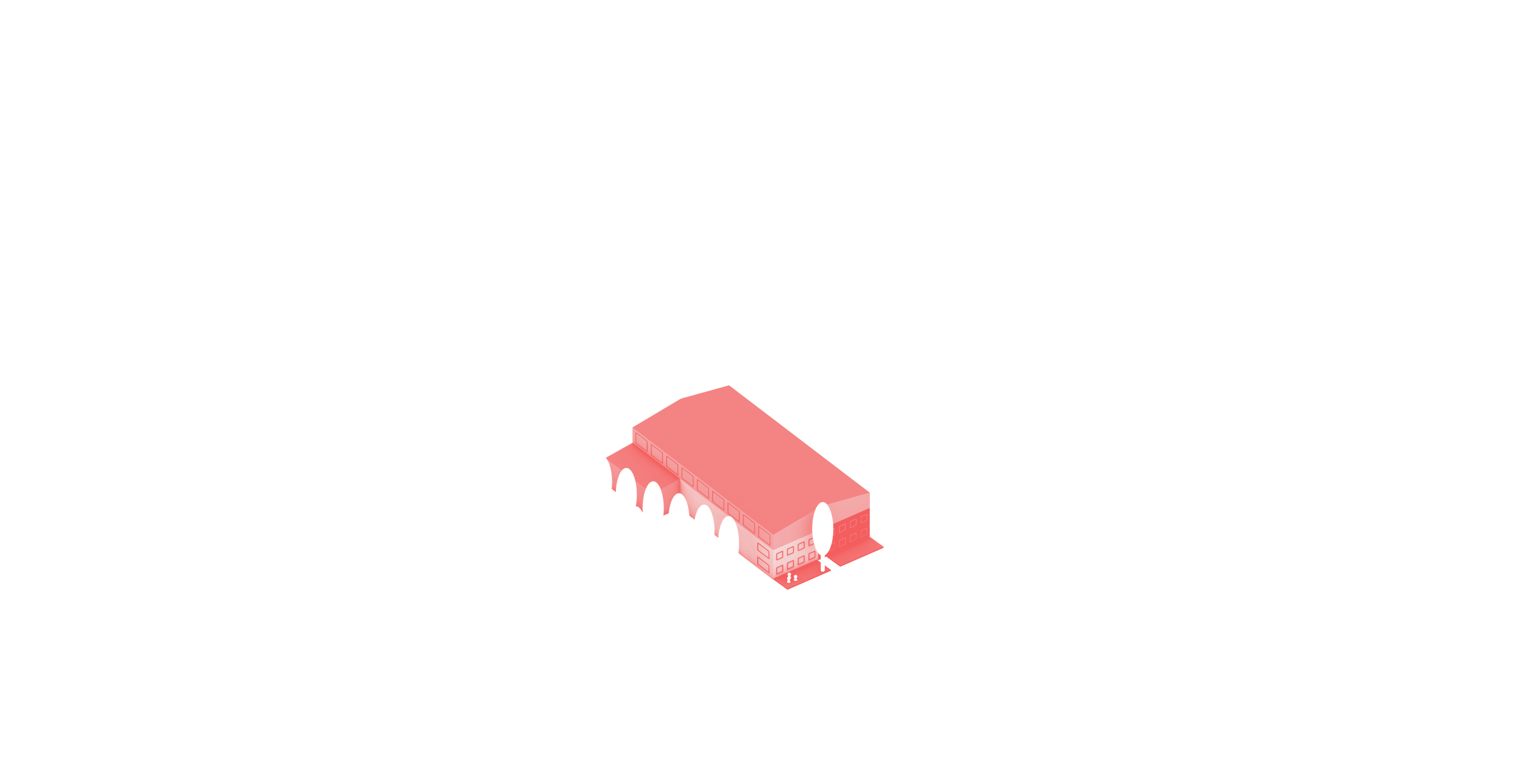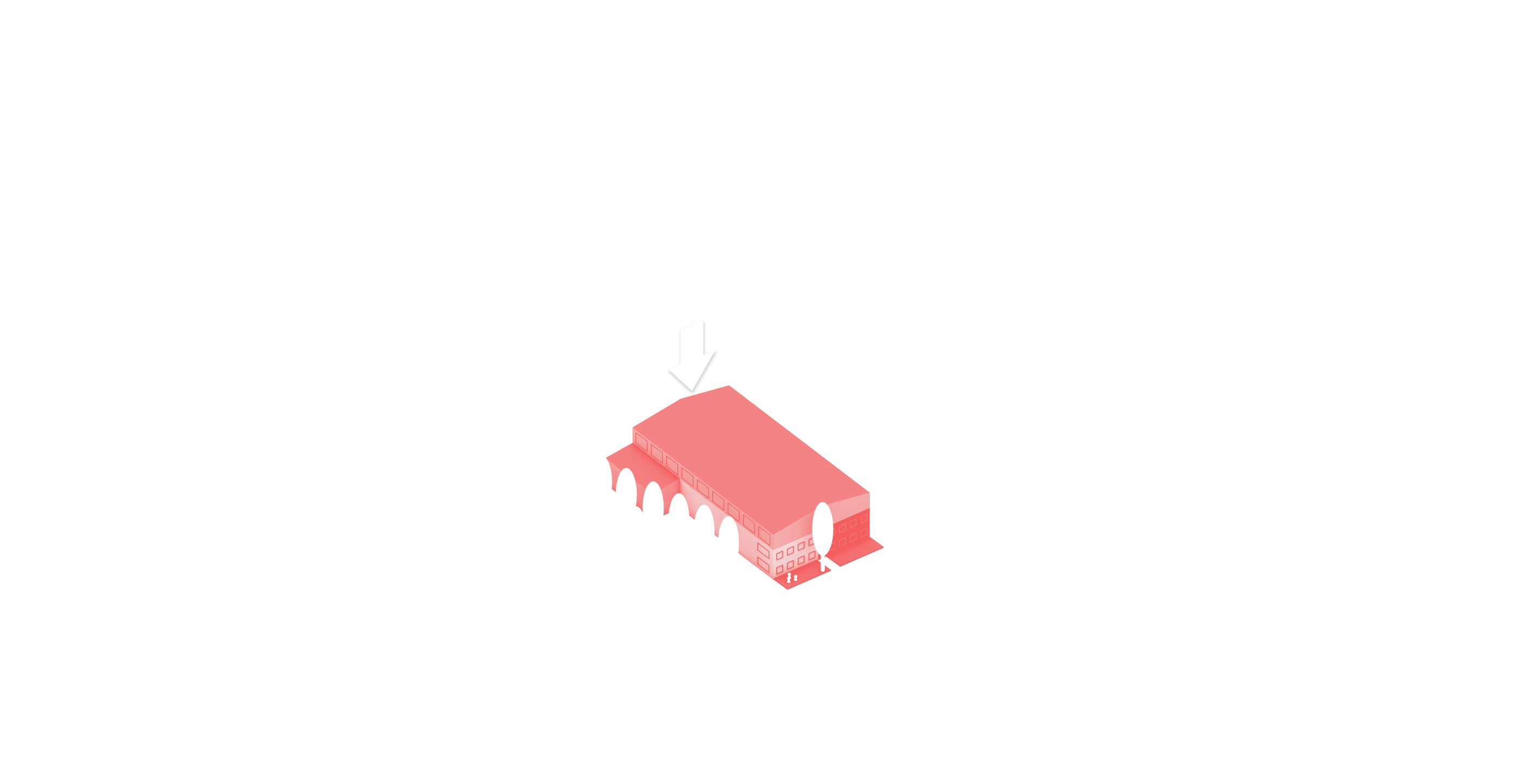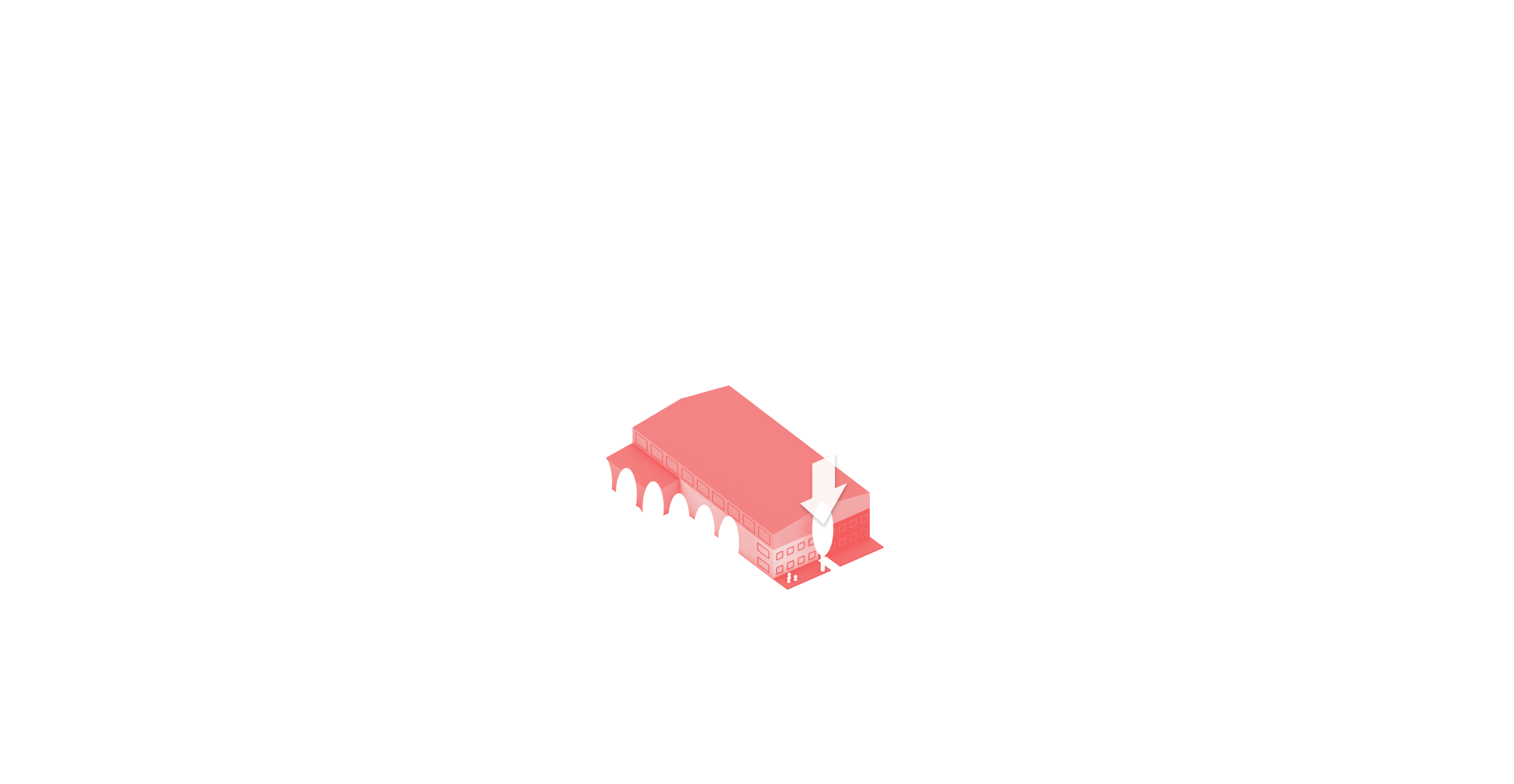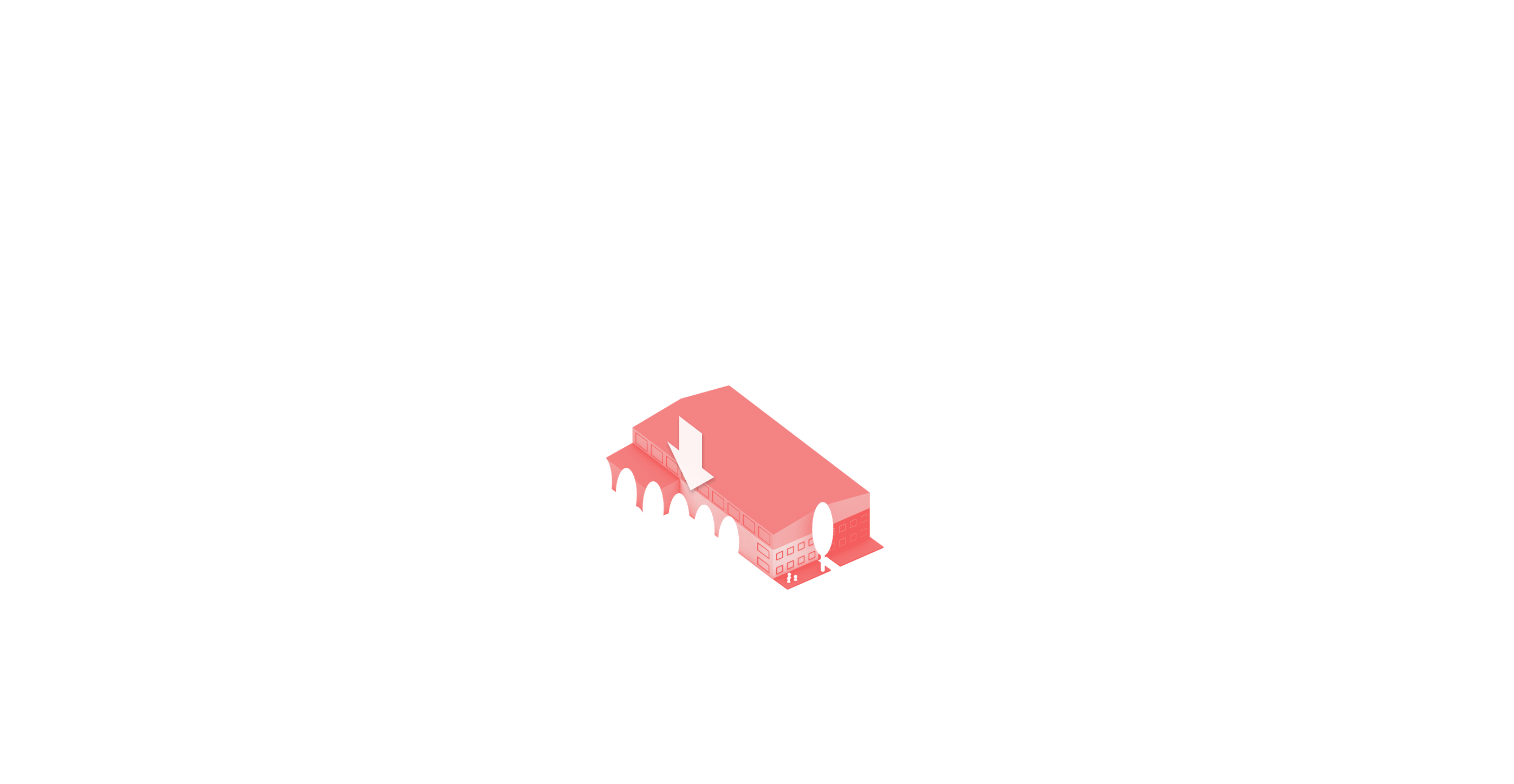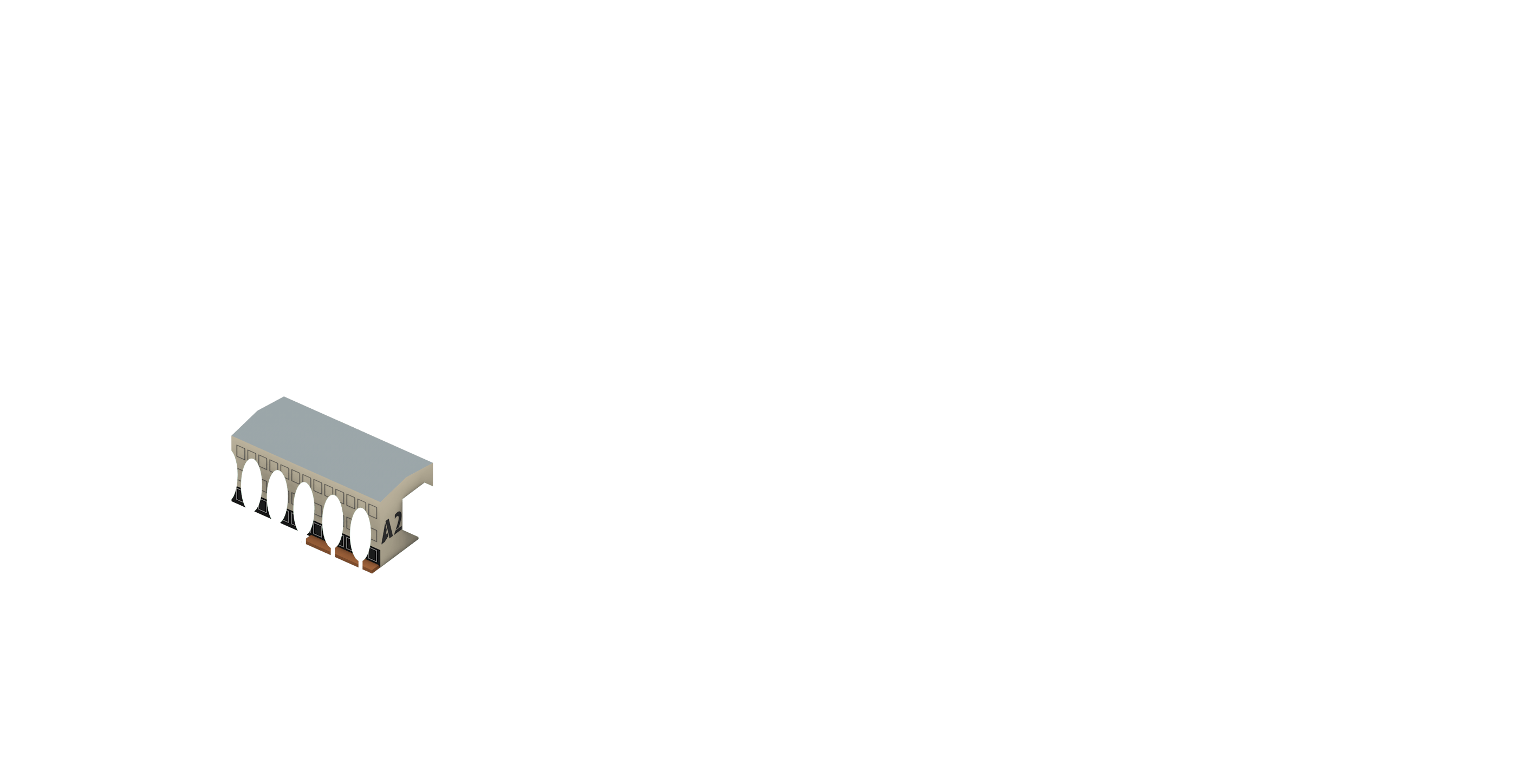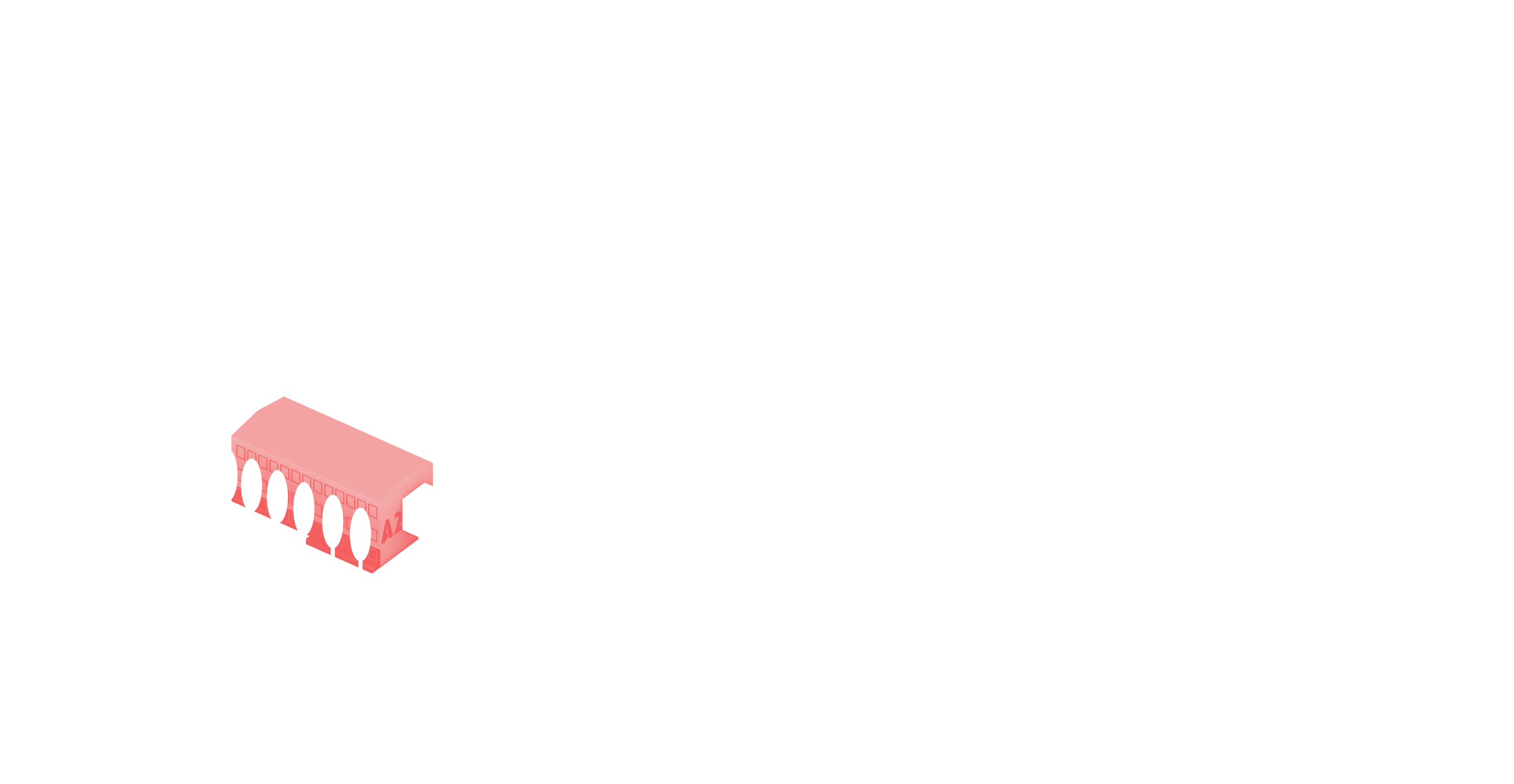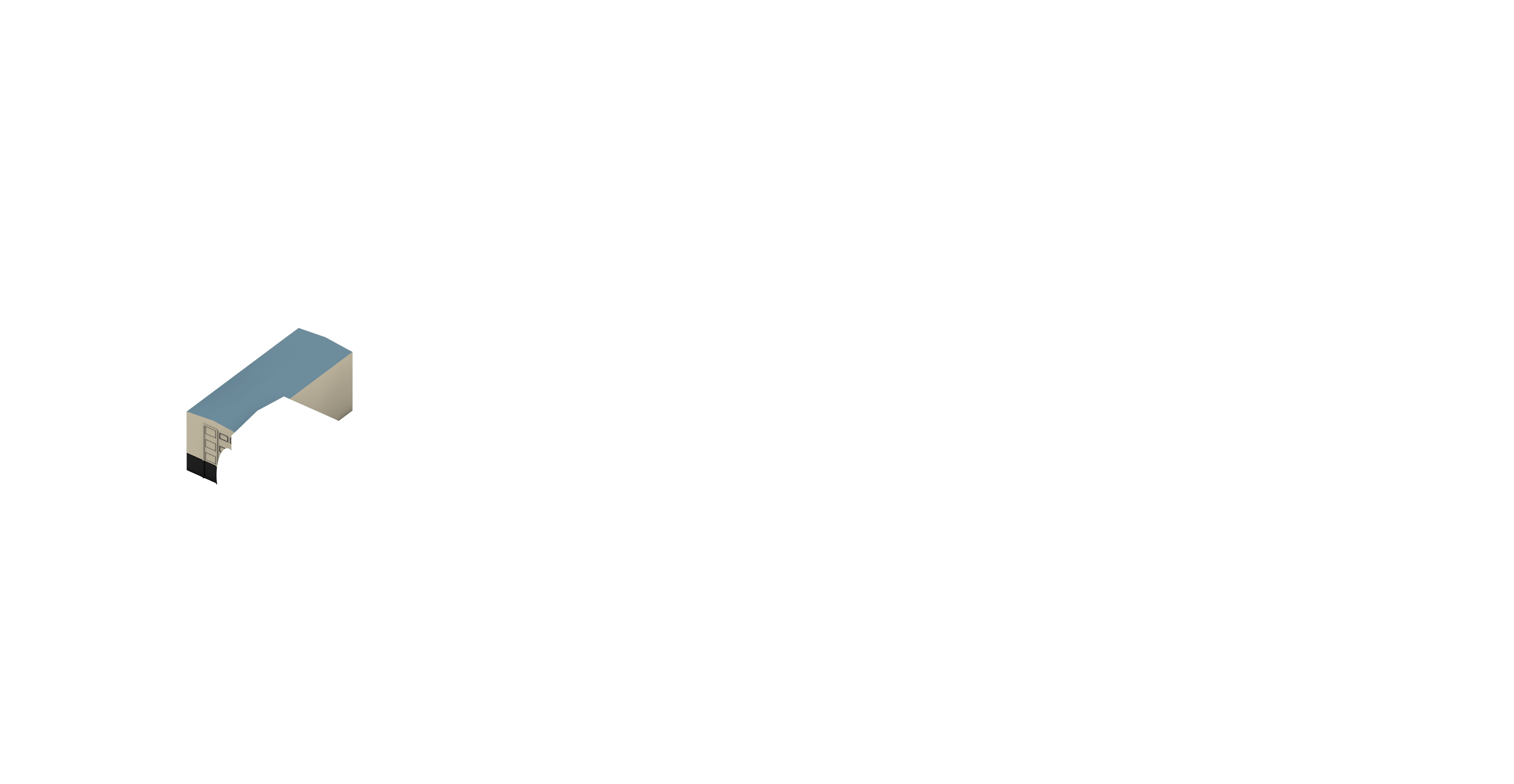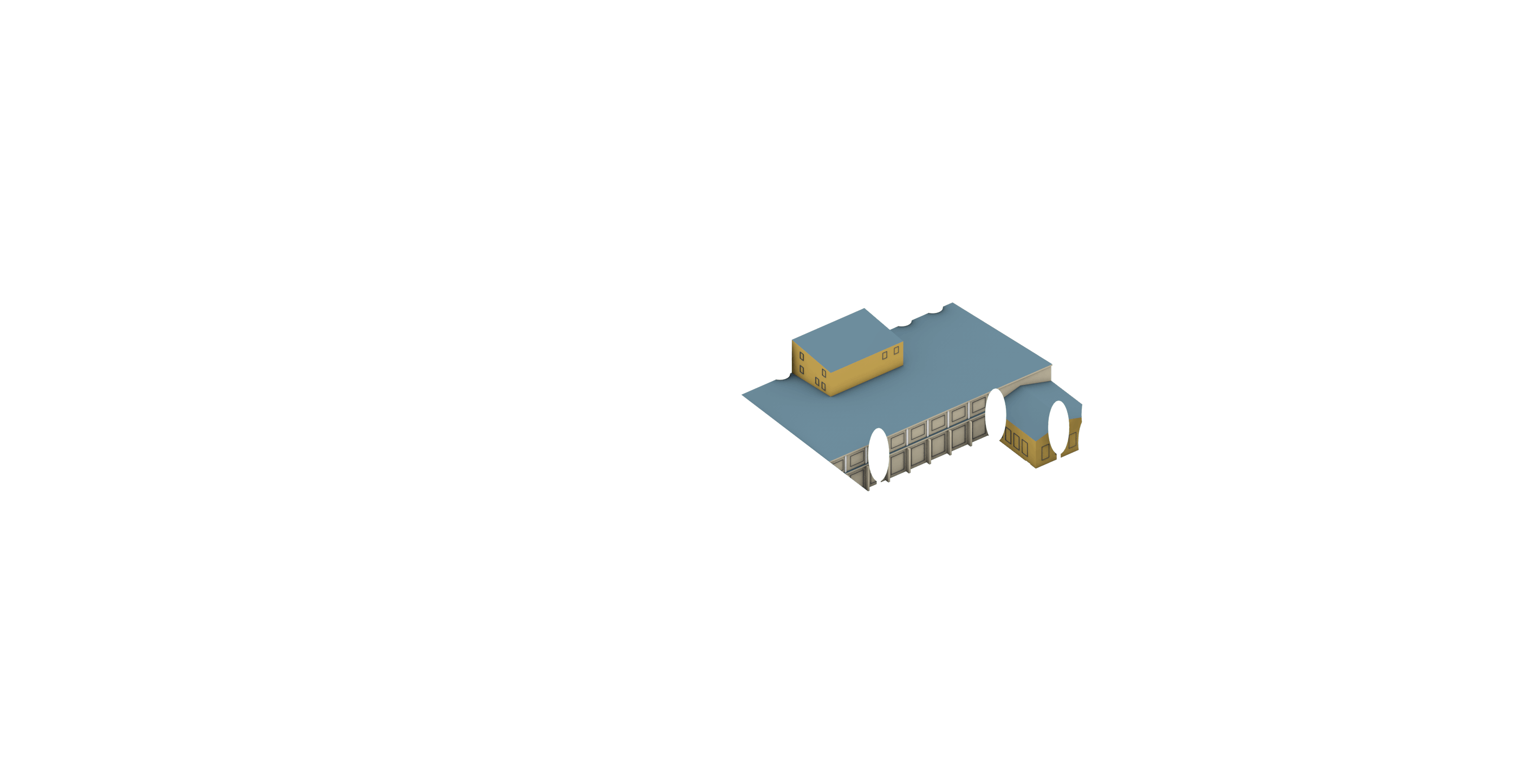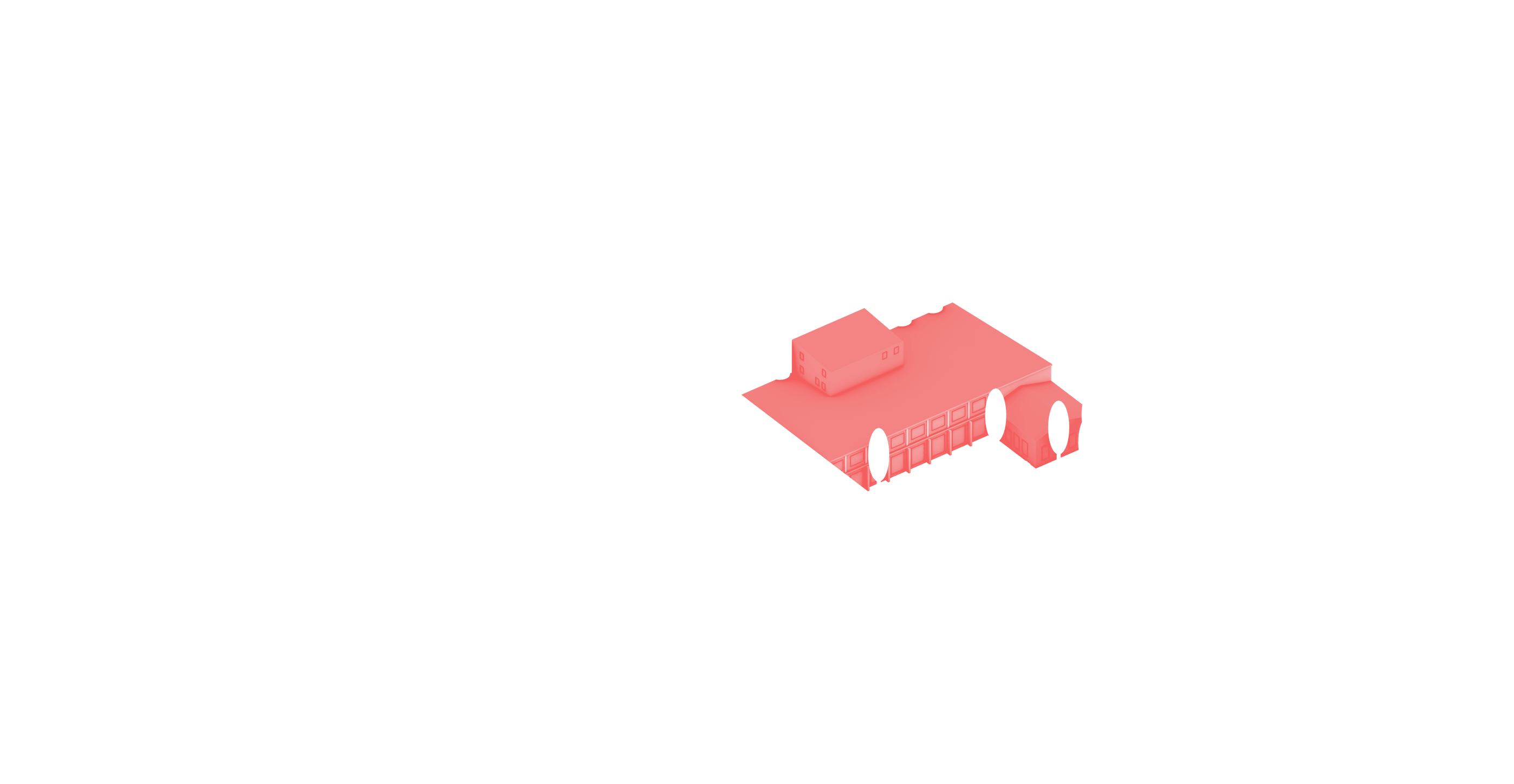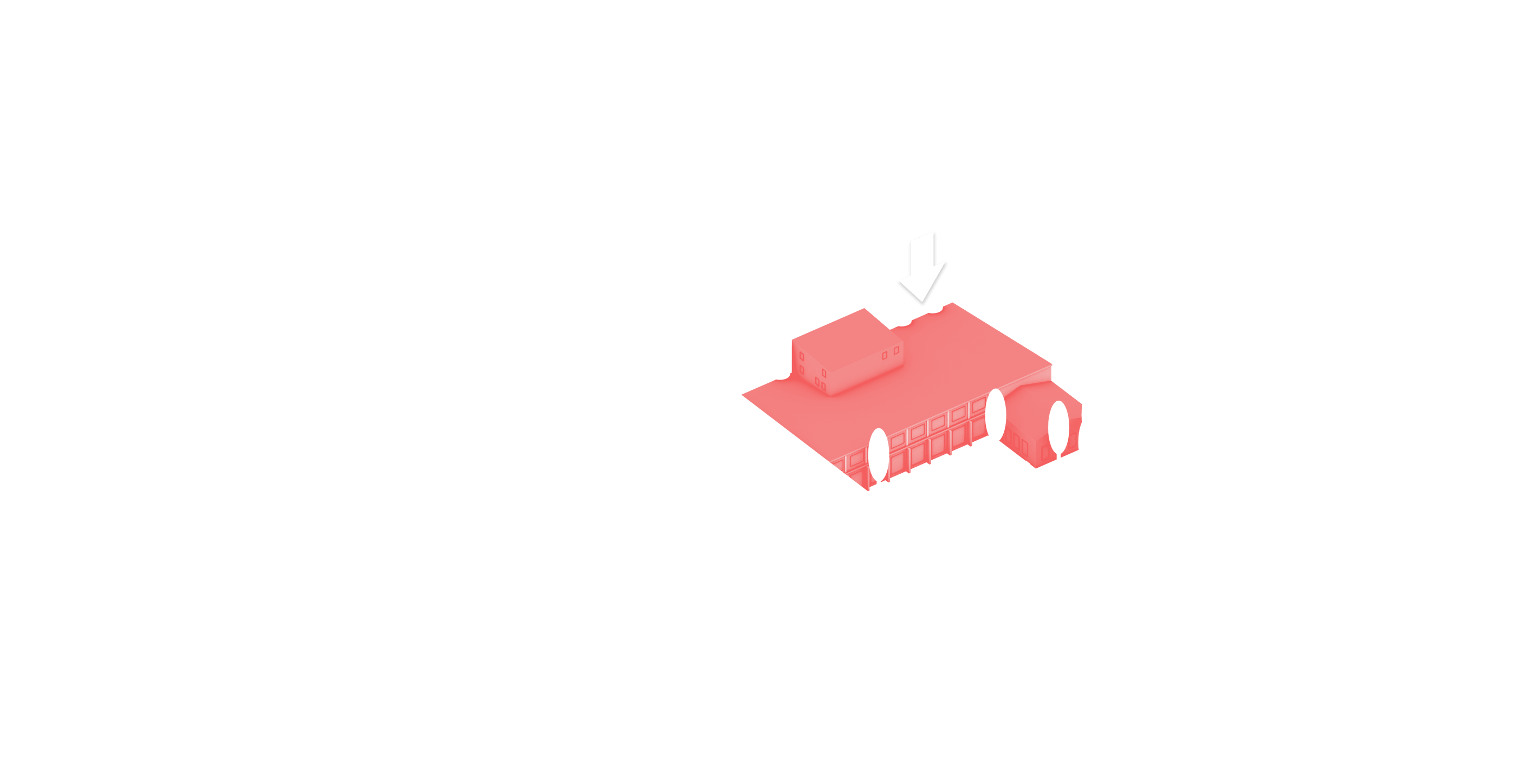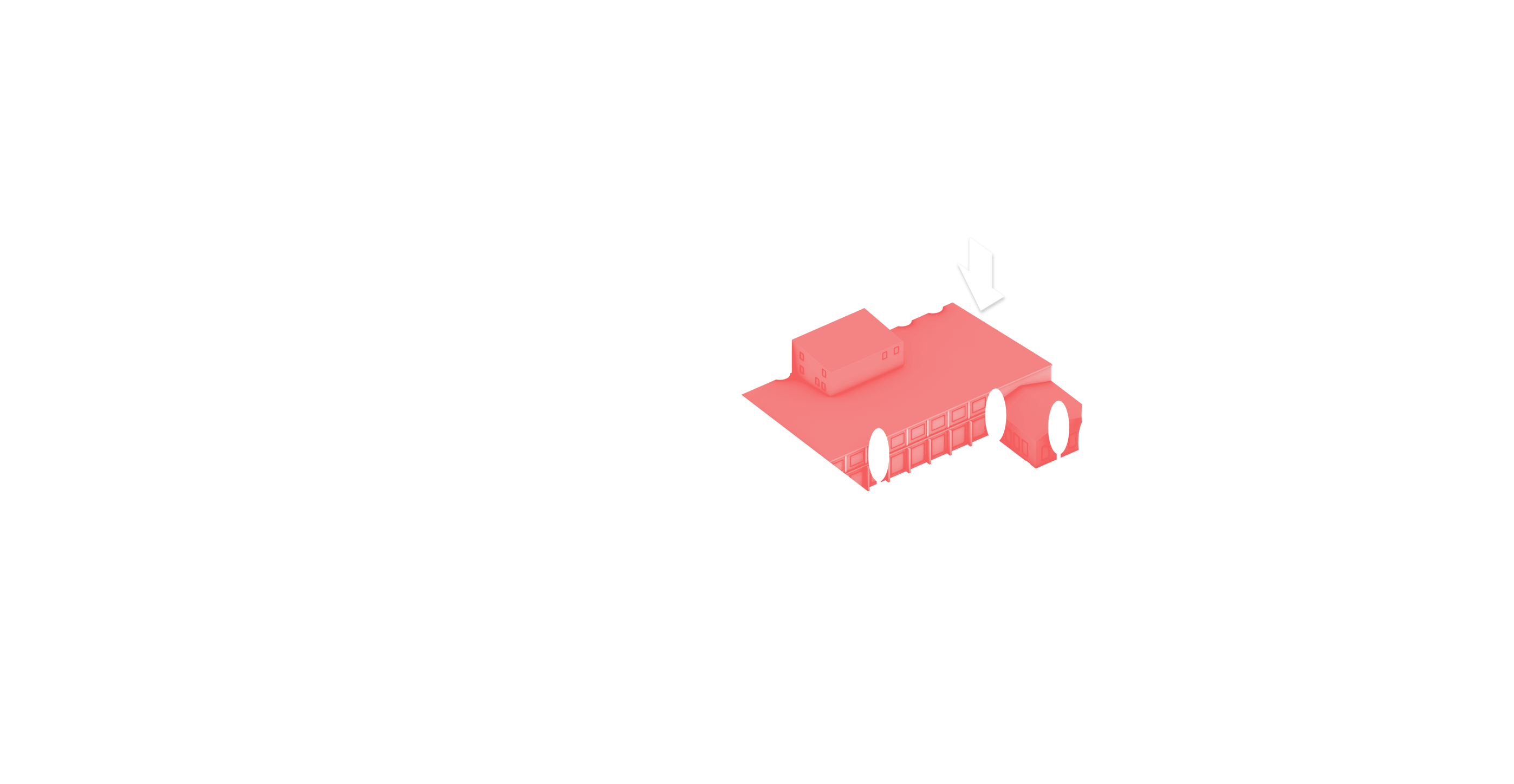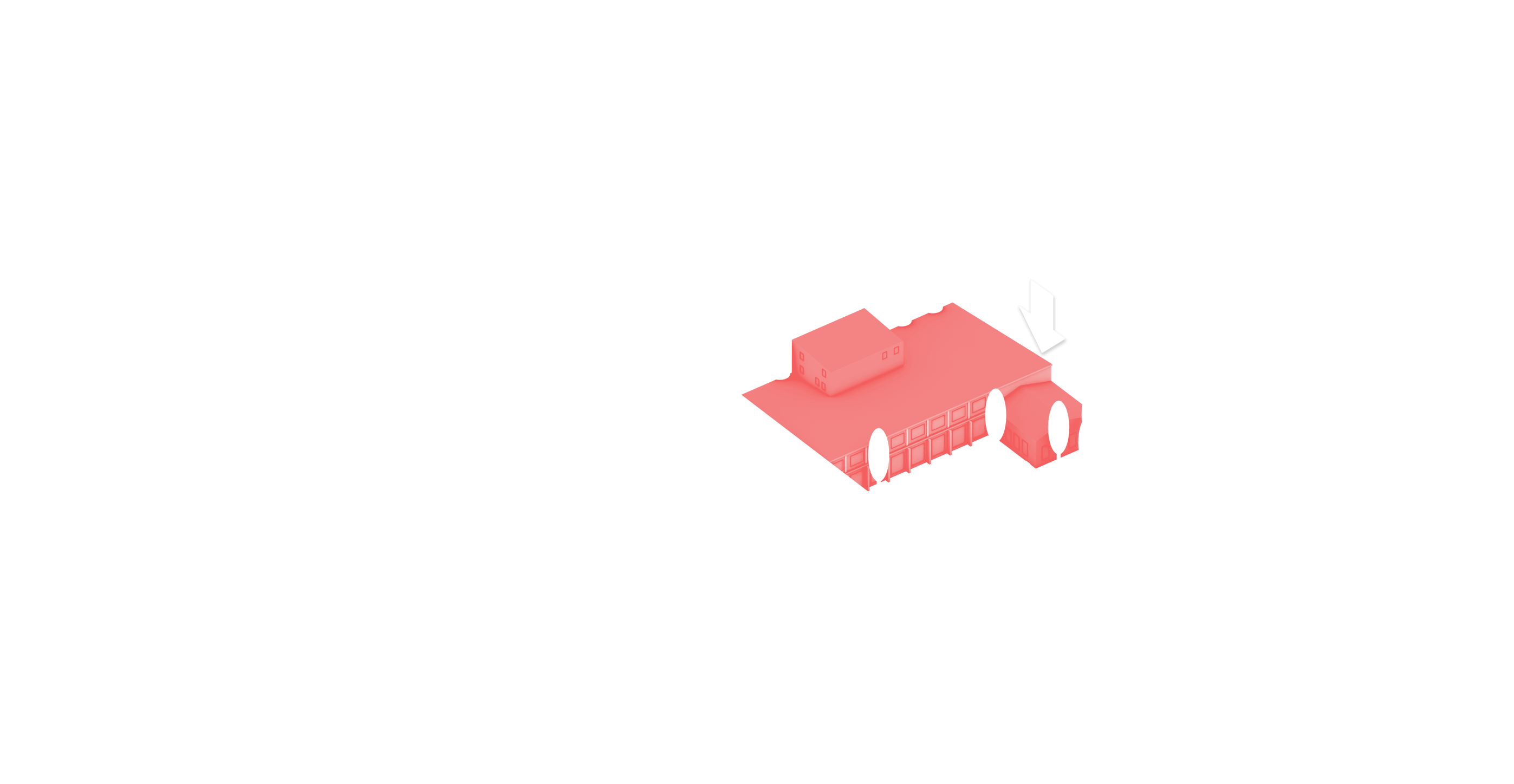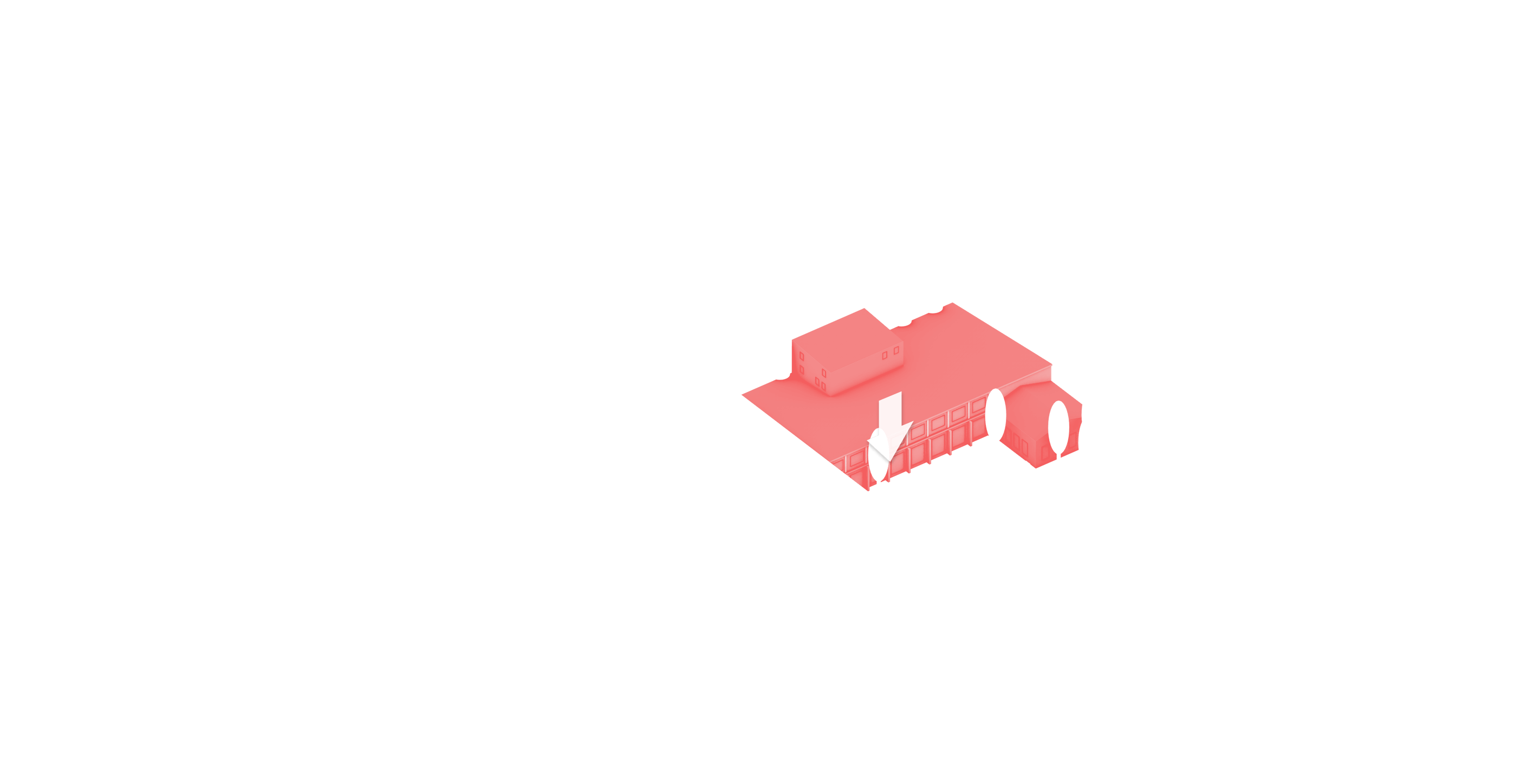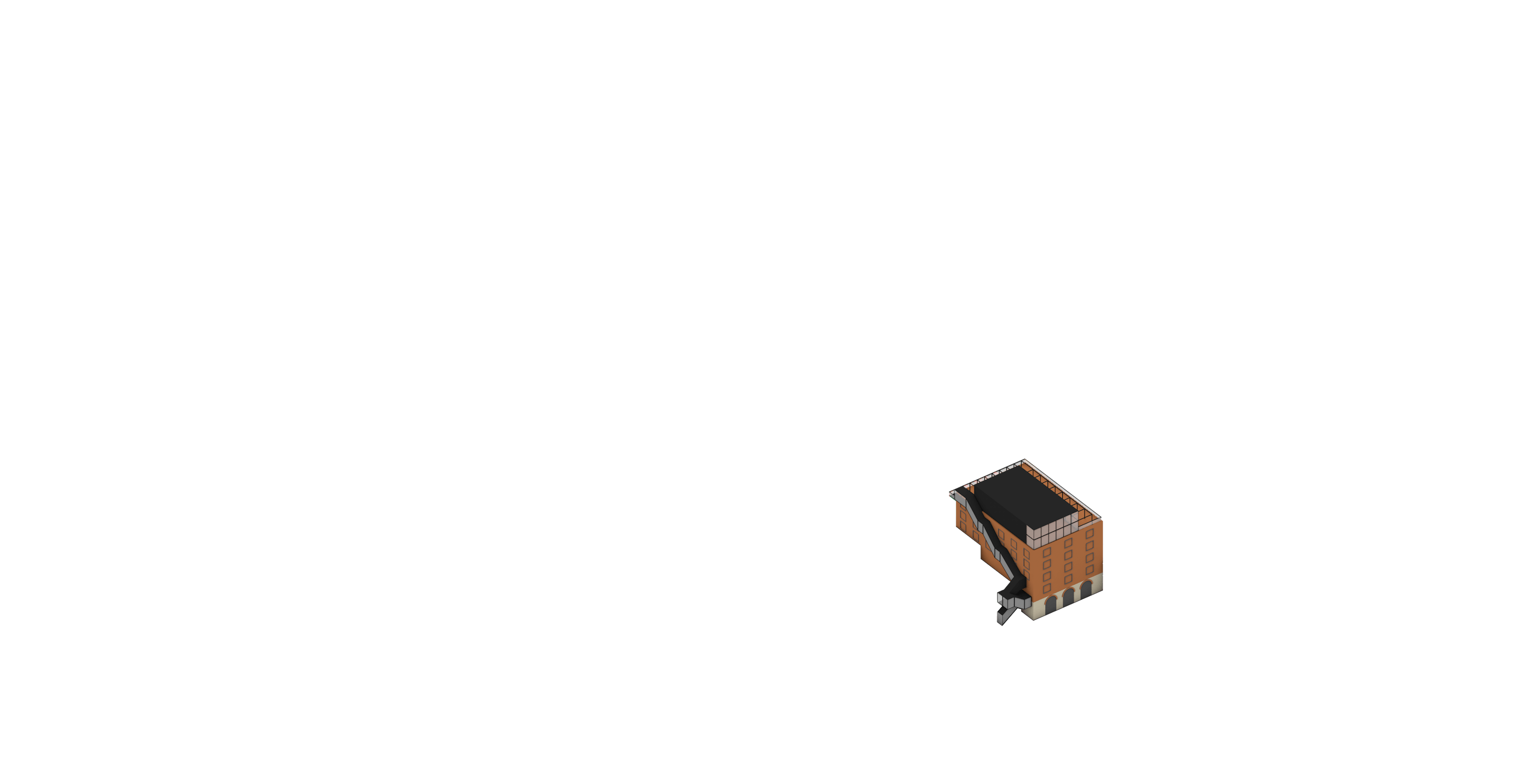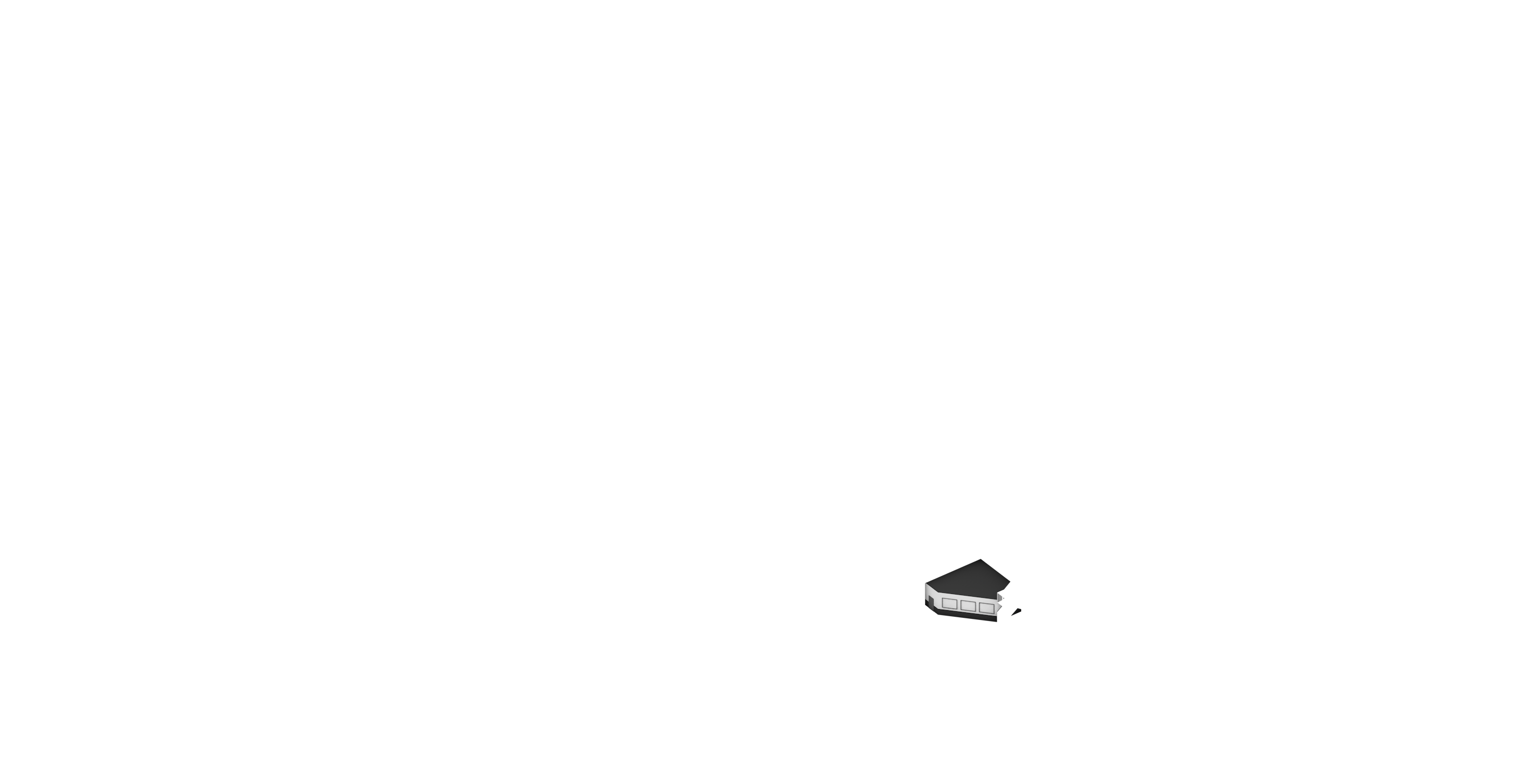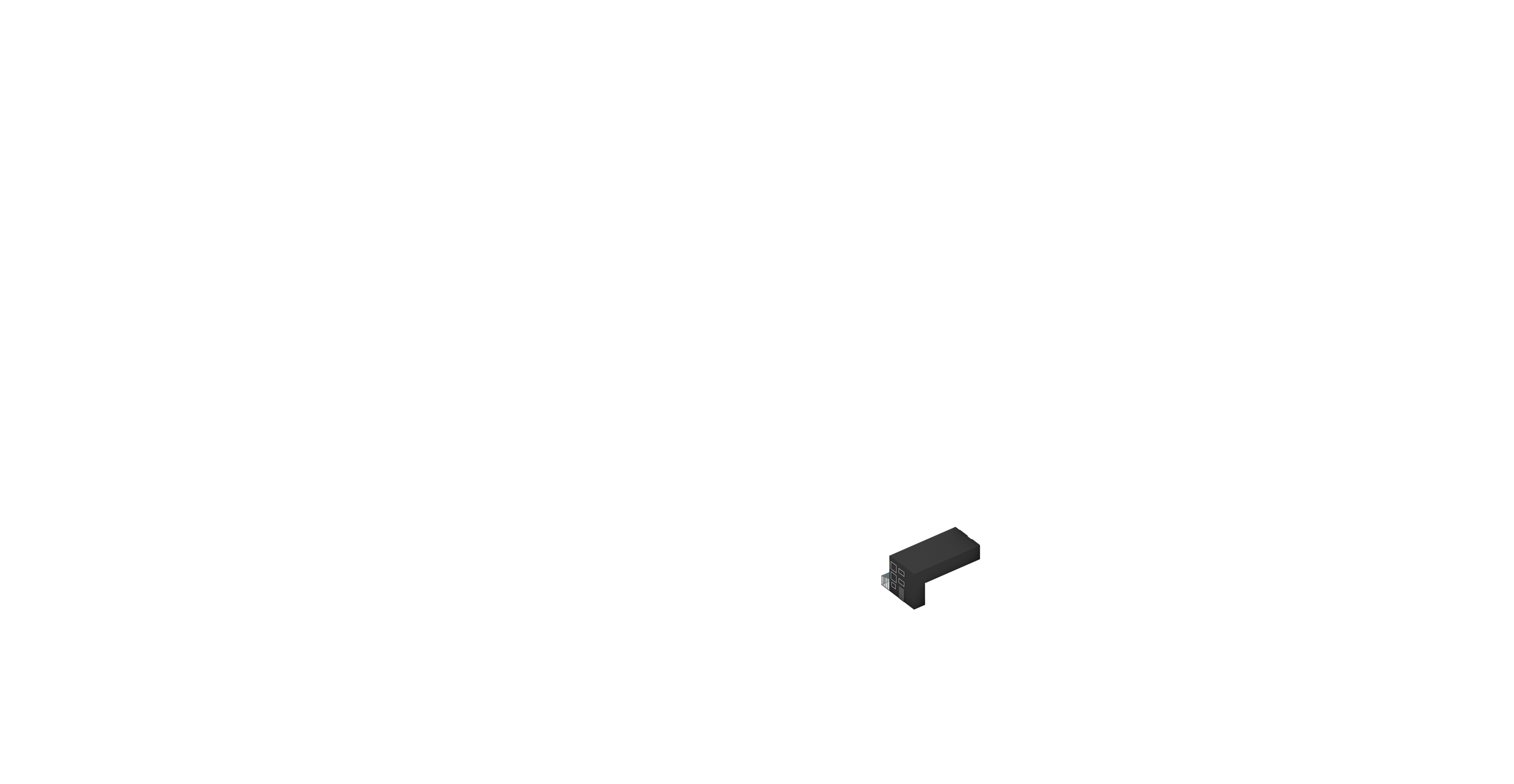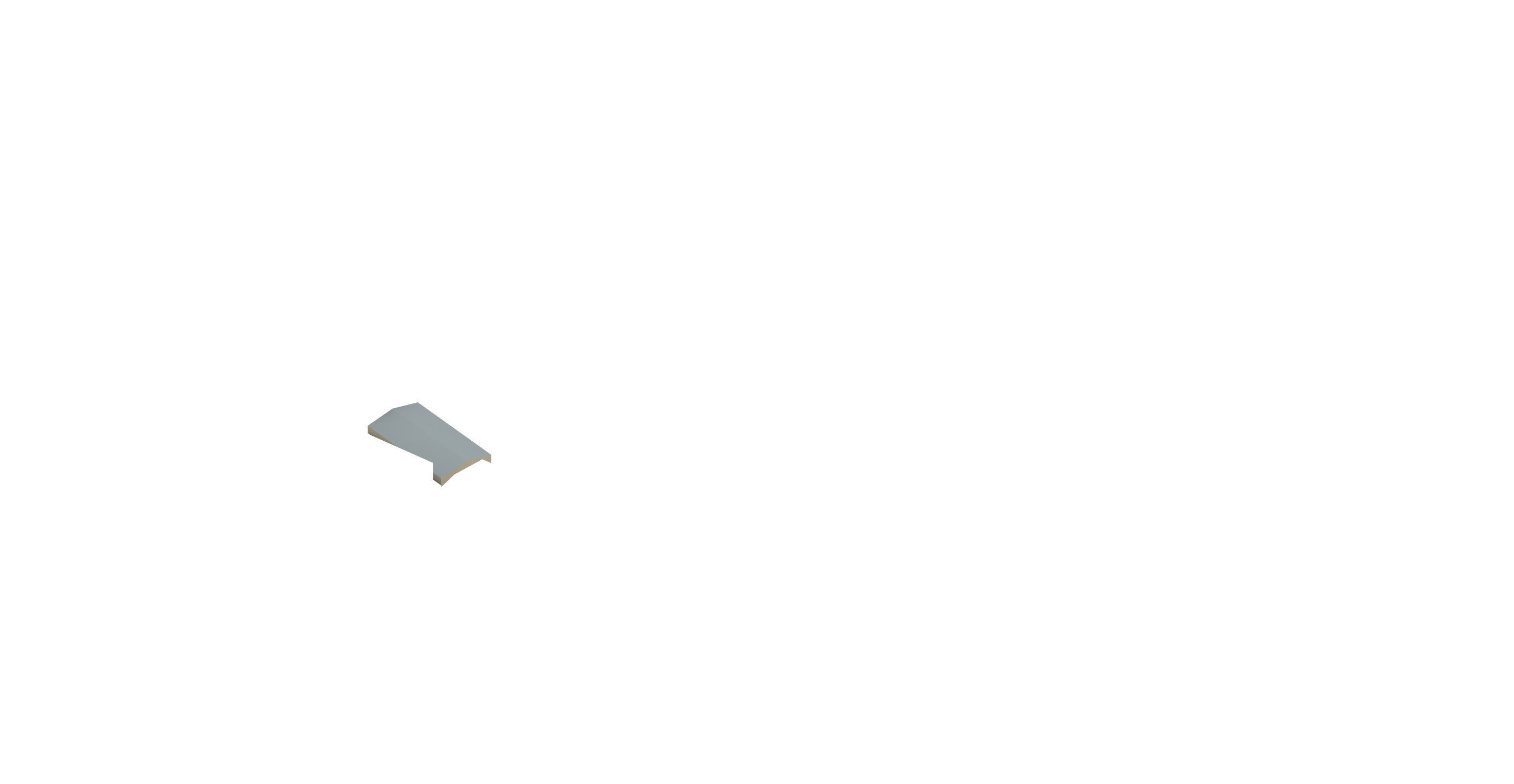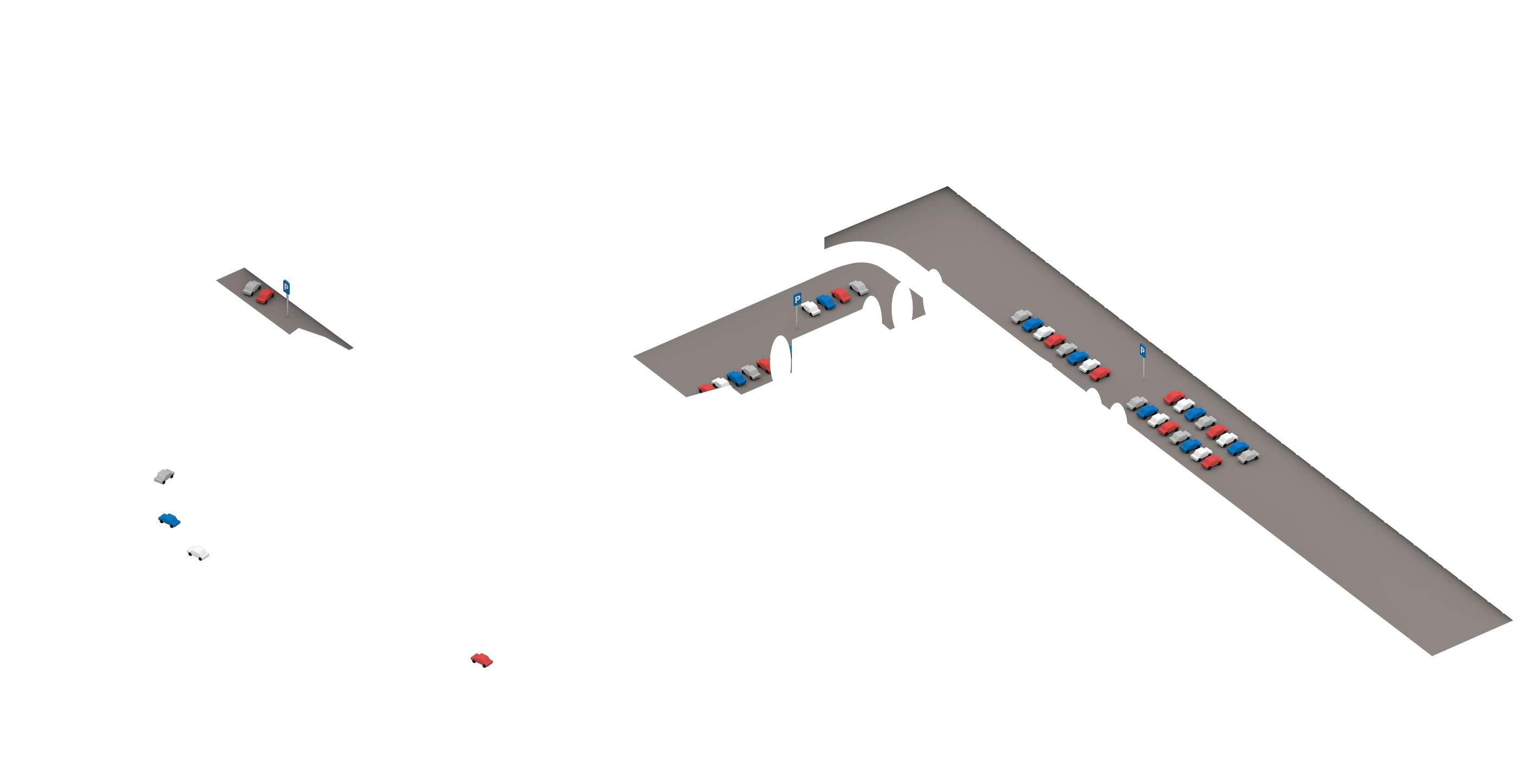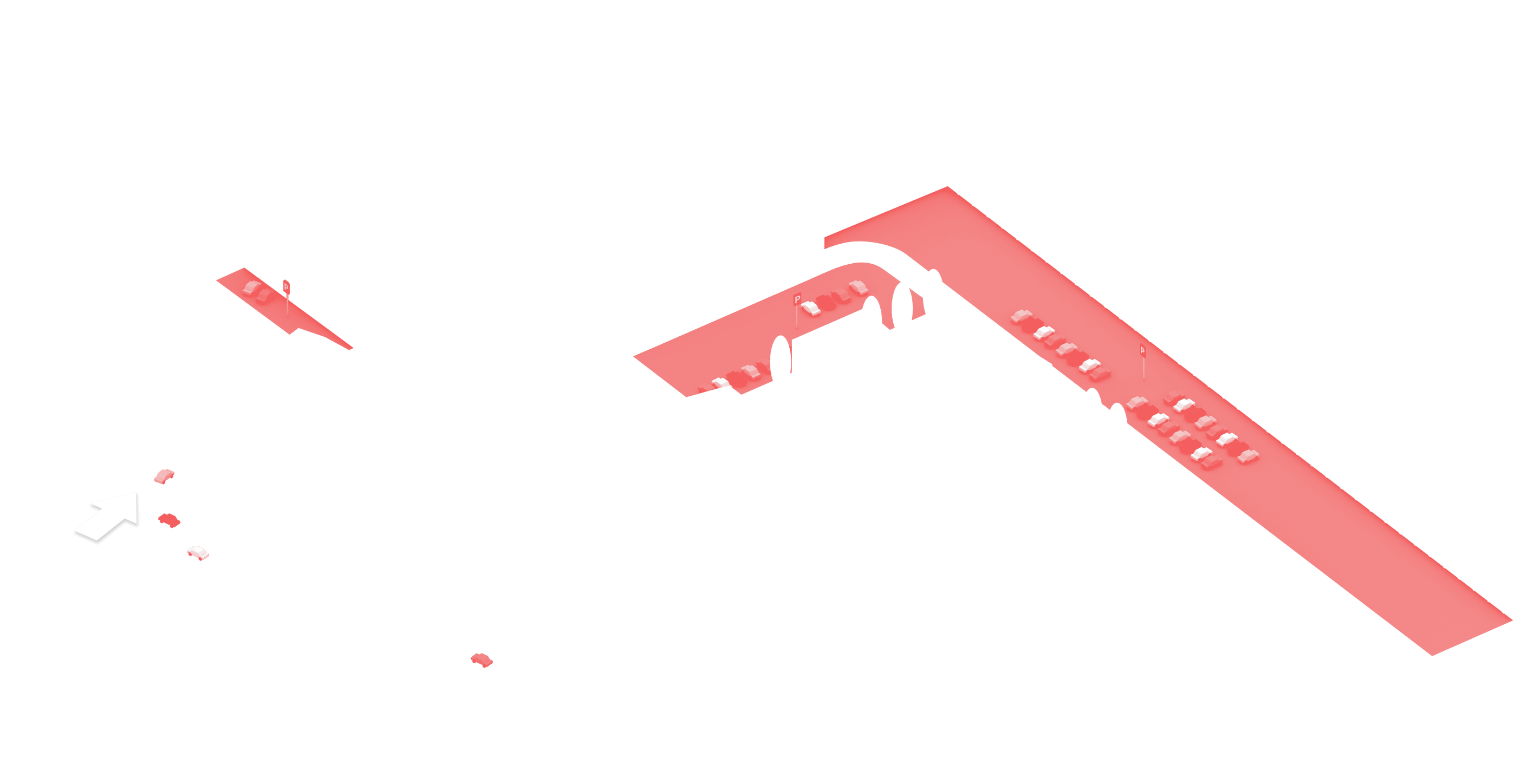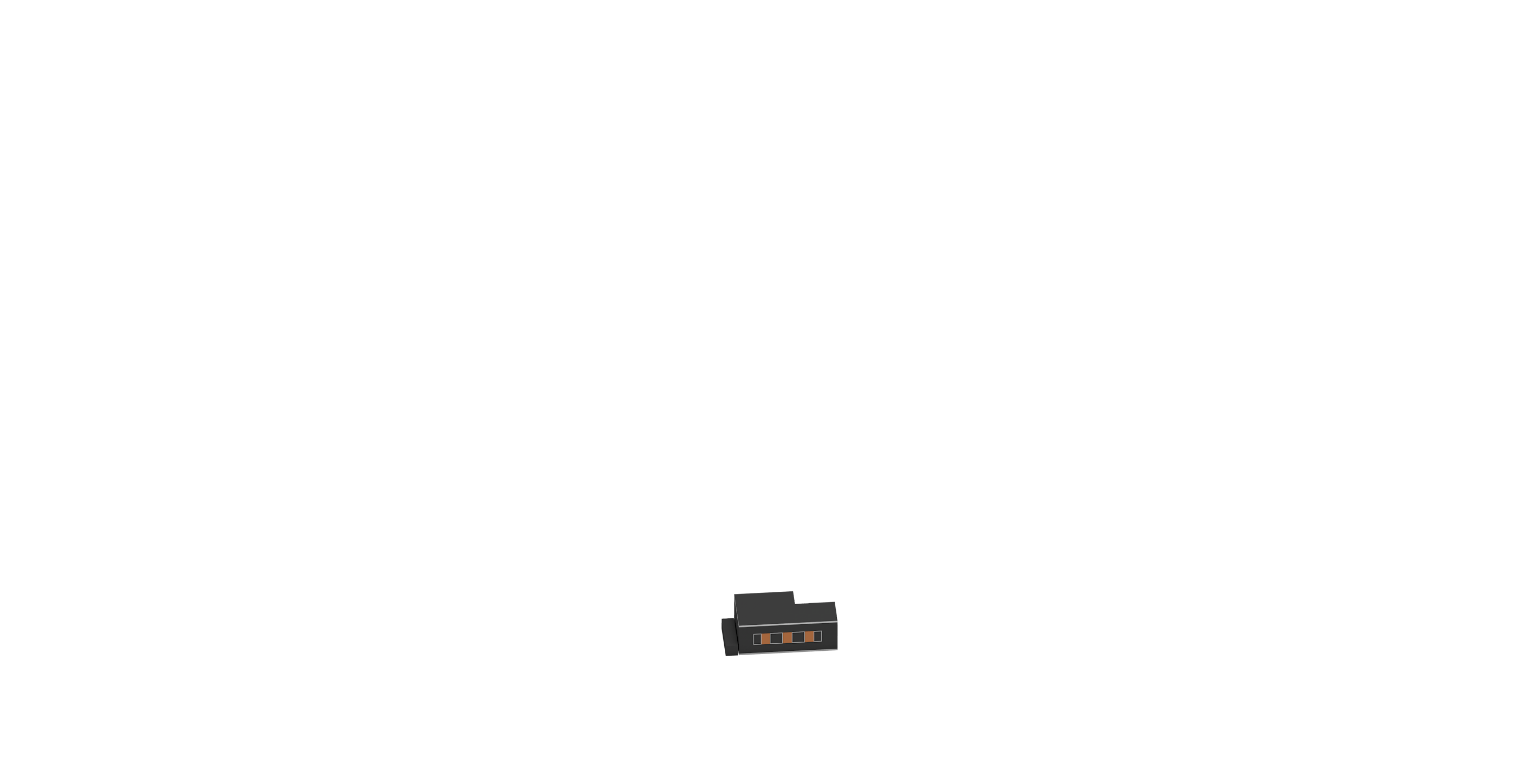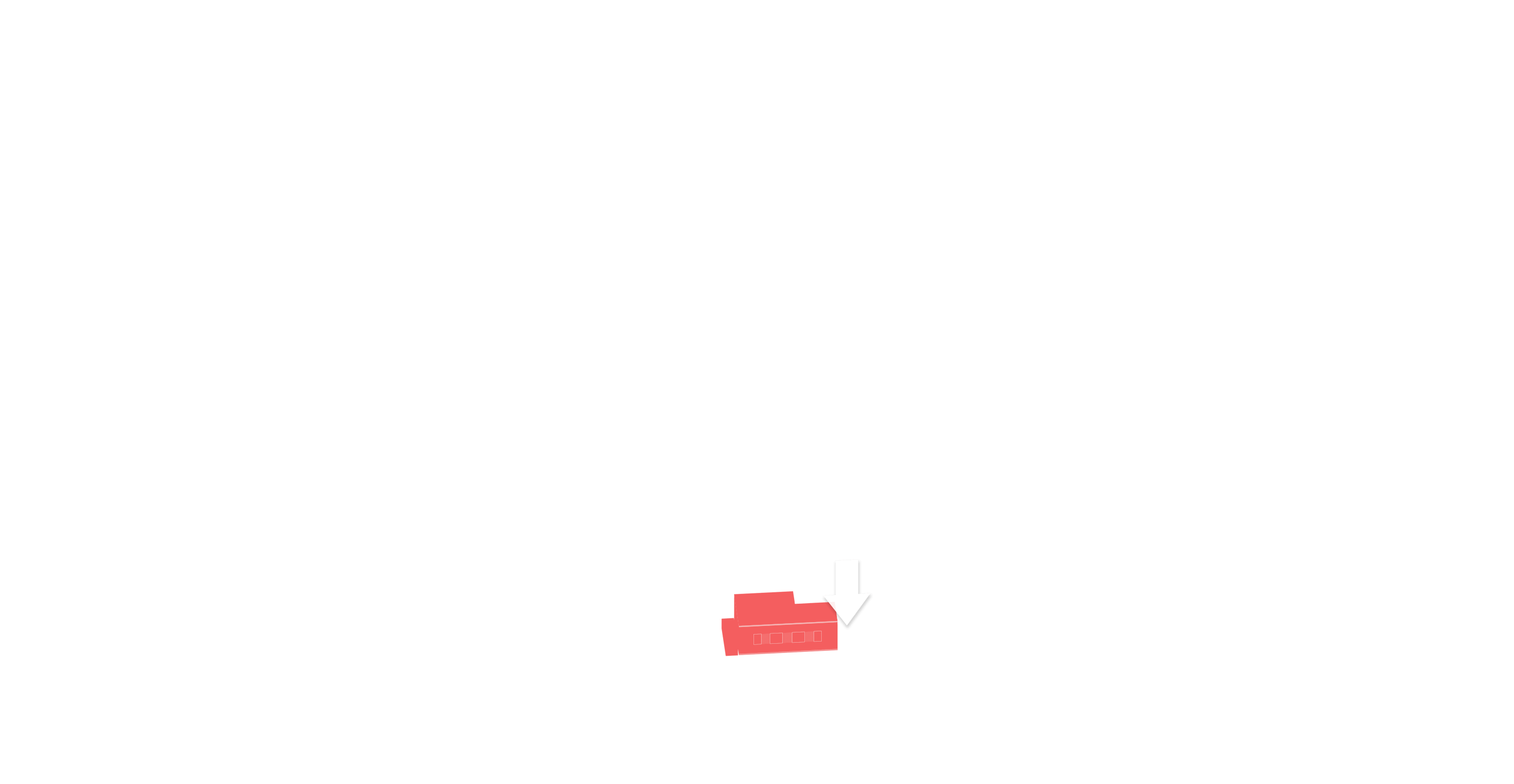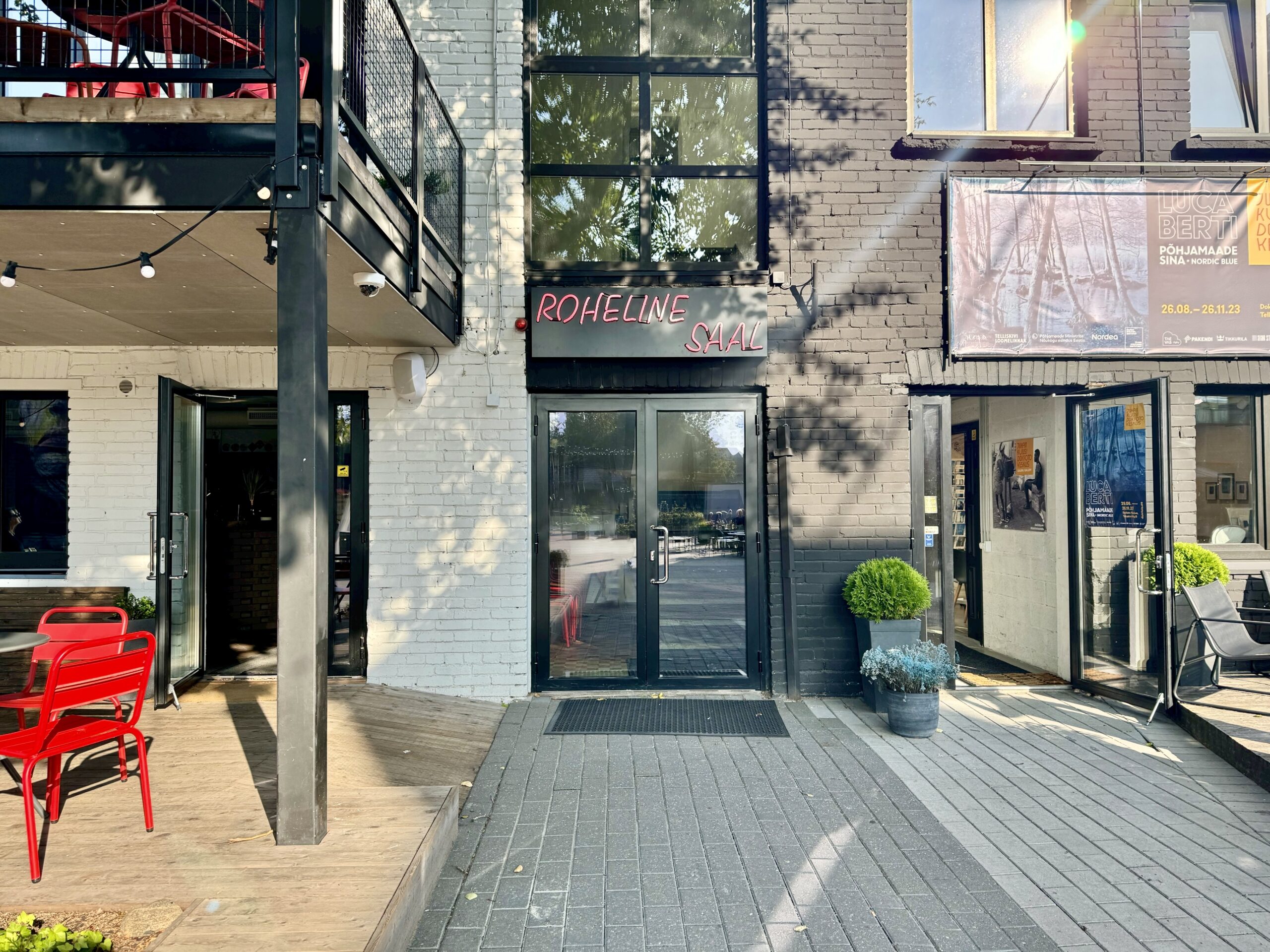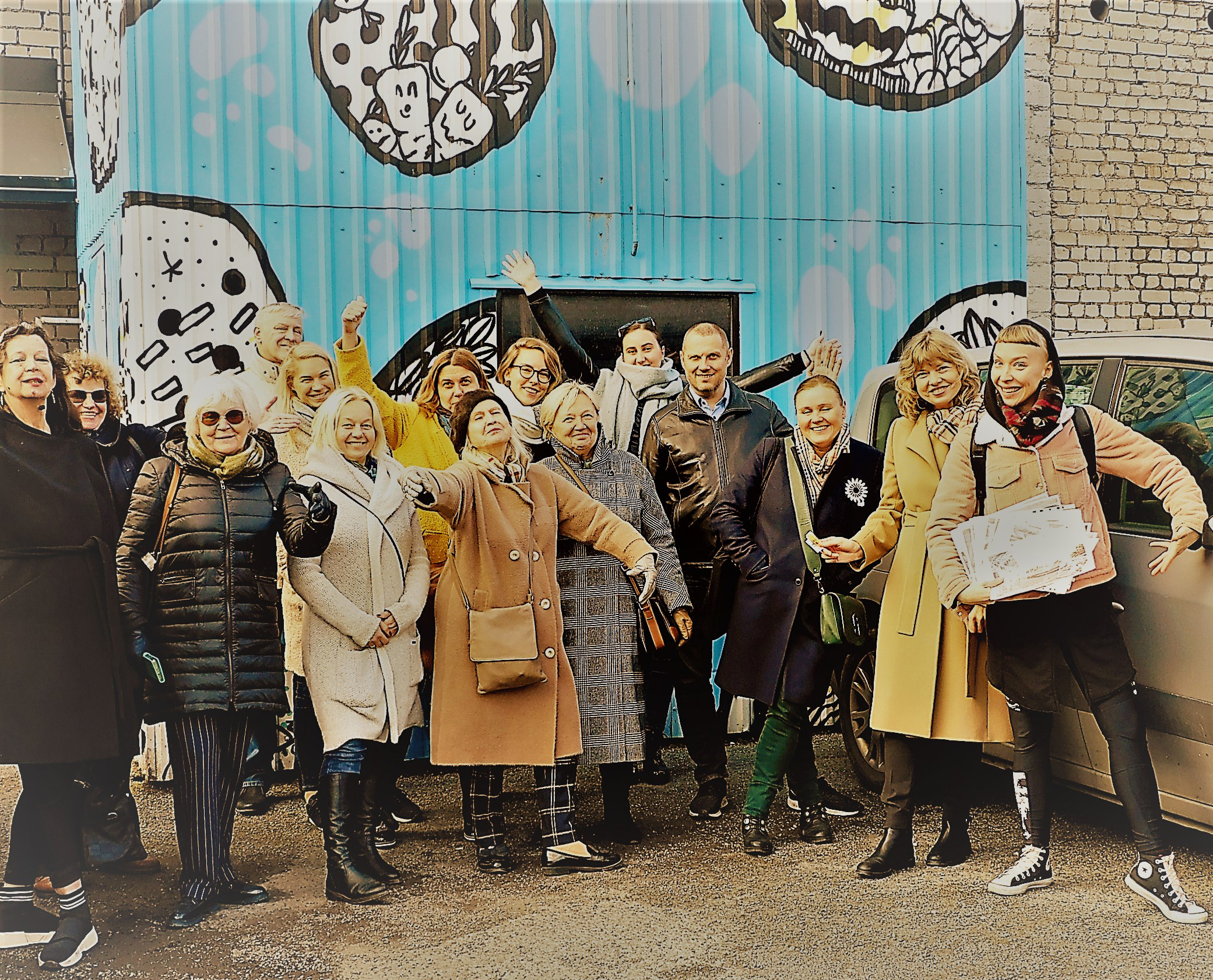
Installation “Decay”
Decay
2022 – 22424
Hauptmeier | Recker
DECAY is a sounding sculpture dealing with radioactive decay processes in extreme
periods of time, which are beyond our human perception, lifespan and imagination. The
sculpture is calculated to play for 20,402 years.
By German law radioactive waste must be stored safely for one million years. Through an
artistic engagement DECAY aims to arrive at a better understanding of time periods of this
extreme extent.
—————
The rate of human dispersal from the African continent averaged 400 meters per year.
Homo Erectus, the first hominin species that could walk like a modern human, appeared
about 1.8 million years ago.
Neanderthal man lived between 230,000 and 30,000 years before our time.
The world's oldest cave painting, discovered in 2017 in a cave in Sulawesi, is 45,000 years
old and depicts a life-size warthog.
The isotope neptunium-237, a byproduct of nuclear fission, has a half-life of 2.144 million
years.
Linguists estimate that after 10,000 years at the latest, all languages spoken today will
have no recognizable relationship to their roots.
———–
DECAY’s pulse generator is a slightly radioactive uranium glass. For each radioactive
decay detected by a specially designed geiger counter, a droplet is released from the
electronically controlled valve in the head of the column, falls onto the top metal plate and
causes it to vibrate. This vibration resonates in the plates below, which are connected by
transducers and microphones in a complex network of electroacoustic feedback.
As time progresses, the droplet changes the resonant properties of the metal plates.
Exposure to oxygen and water causes the metal to begin to rust and dissolve after a
calculated time, causing the droplet to hit the plate underneath, which has a different
tuning. It is a slow but steady process of decay, the sounds decompose continuously and
die slowly.
The intended lifespan of each plate and the resulting total performance time is determined
by the metal alloys chosen, the thickness of the material, and the external influences. With
the support of experts from the Max Planck Institute for Iron Research in Düsseldorf, the
plate composition was calculated as precisely as possible. Since their scientific view of this
subject is seldom directed at much longer periods than 100 years, the period given is an
extrapolation. Smallest factors and variables like air humidity, salt content in the air, PH
value of the water and much more can have serious influences on the life spans of the
plates. Possible deviations of the calculations between 10,940 and 114,434 years show the absurd extent of smallest variables in such a huge time frame. These possible deviations should not be concealed and are important aspects of this work.
Part of the sculpture is a score laser engraved in a glass cube. It contains the concept, the general setup, the sonic evolution and the acoustic now-state of the plates, as well as technical details that are important for rebuilding and maintaining the sculpture. In an attempt to carry on this information in a way that can still be deciphered when our contemporary languages are no longer understood, the artist Elisabeth Liselotte Kraus has sought visual translations that are now preserved in a glass cube using laser engraving.
artistic concept and realization
PAUL HAUPTMEIER & MARTIN RECKER
circuits
VICTOR MAZÓN GARDOQUI
drawings
ELISABETH LISELOTTE KRAUS
initiated and curated by
JULIAN RIEKEN
produced by
IMPULS Festival / Netzwerk IMPULS e.V.
with support of
Max-Plank-Institute for Iron Research,
Didactics of Physics – Humboldt-Universität of Berlin
copyright
Hauptmeier | Recker – 2022
————————————————
Installation is part of the art festival I Don’t Get It and organised by Telliskivi Creative City.
Text translator: Kaisa Kaer
